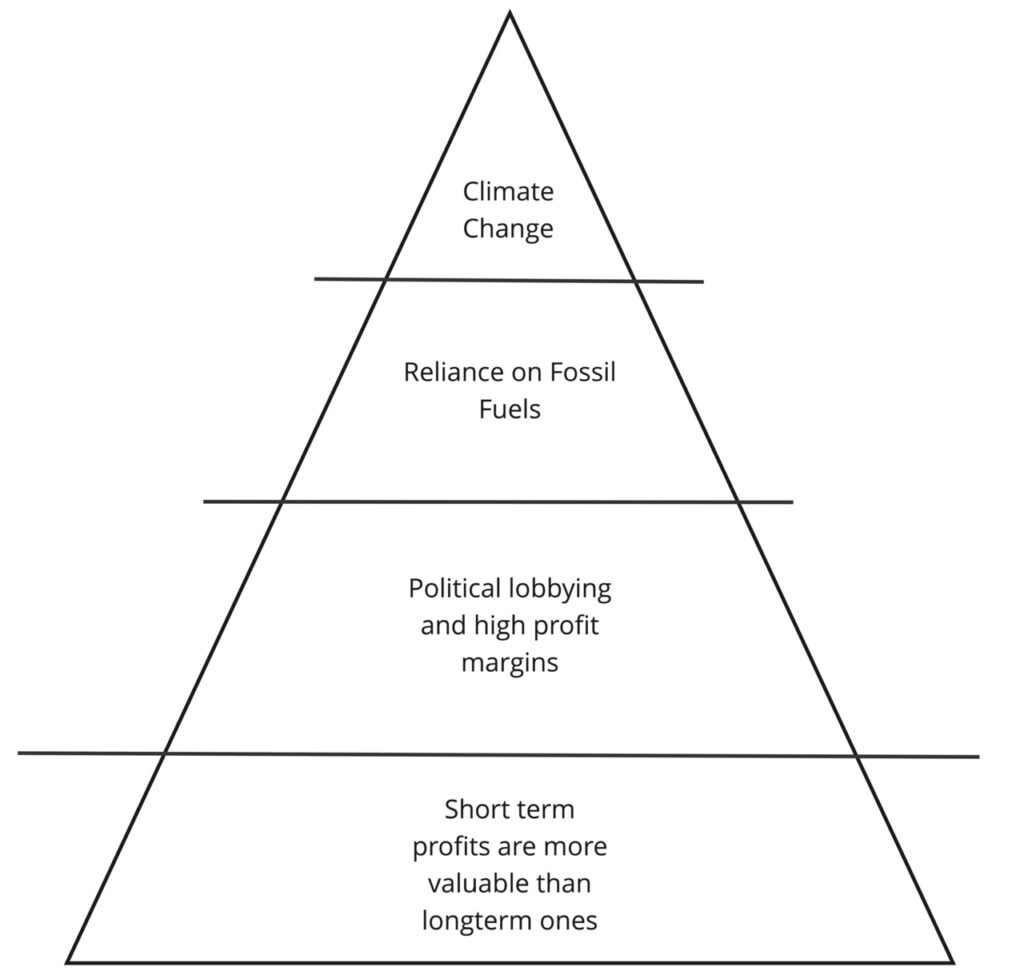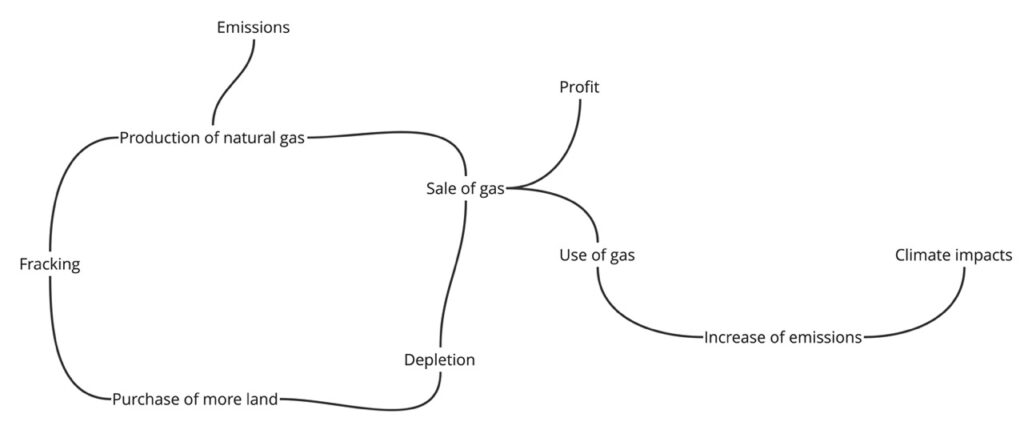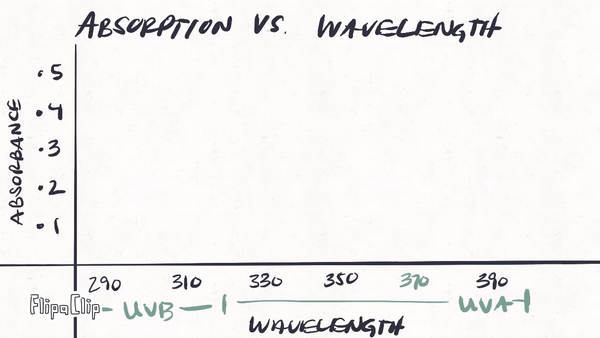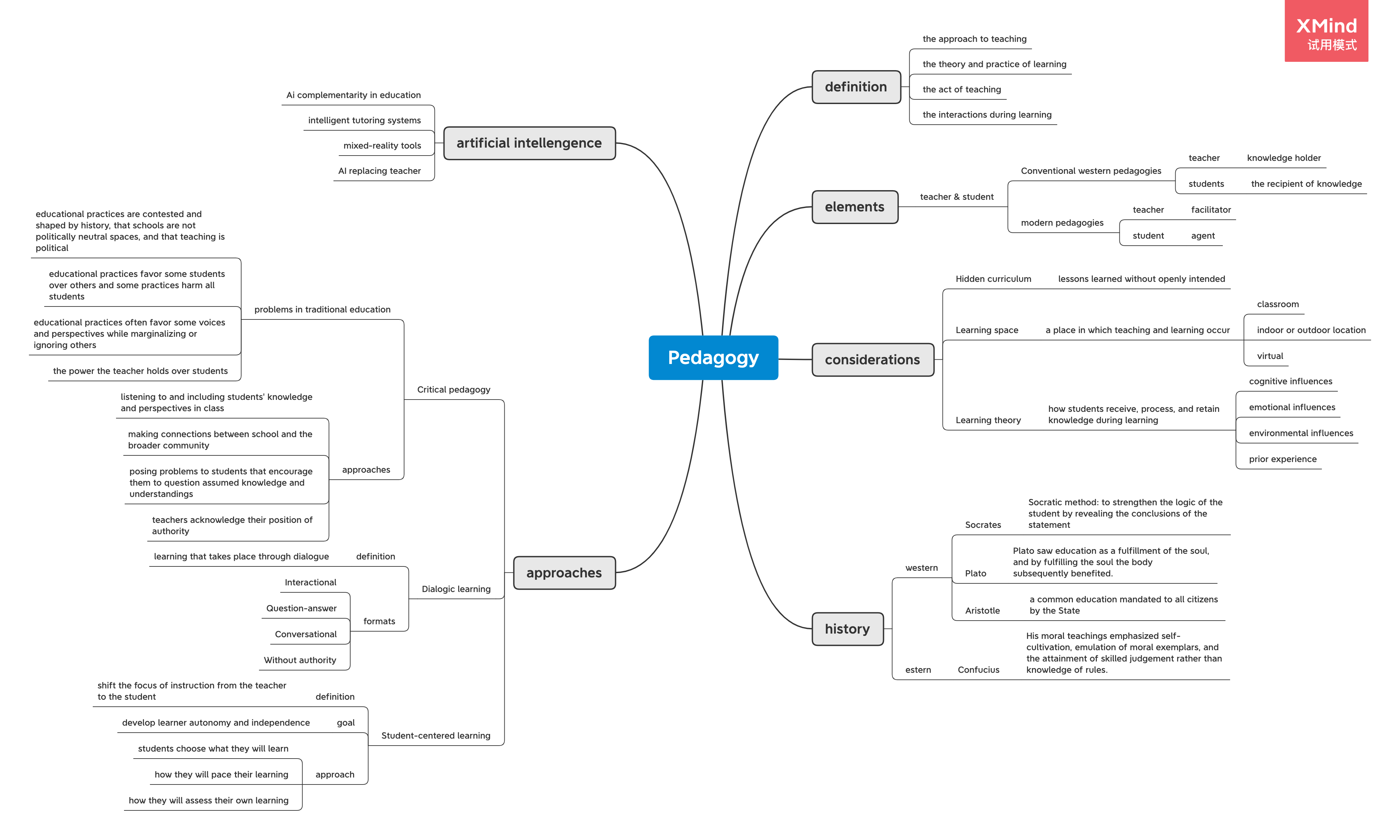Initial Thoughts:
For my next research project, I’m thinking of doing something related to the swastika symbol.
Needless to say, it’s almost a common “fun fact” that Nazis borrowed it from ancient religions, which was originally a symbol of blessing. While there’s no doubt about the unforgettable horrible things the Nazis had done, and how there are still people out there who still admire the Nazis, and hence embrace the symbol of it, as an Asian growing up in a Buddhist home, I was never really sure what to do with an odd feeling associate with it. Of course, the two are slightly different, but it’s easy to trigger people when using the Buddhist symbol, 卍。
Before Covid hit, while Japan was busy preparing for the 2020 Tokyo Olympics, one of the major news was the government’s decision of removing the 卍 sign at Buddhist temples, due to the fact that “many western foreigners protested about it.”
I’m curious if I can do deeper research not only on the history of the use of this symbol worldwide (I think Native Americans used it too, and probably others as well), but also on the debate on whether it’s disrespectful to use the 卍 symbol, even though it’s not the Nazis symbol, and has been there for over a thousand years old. Also, can this whole issue of canceling the swastika in general be seen as a completely different set of issues from the Nazi issue? Can the former be used as a critique of post-colonialism and cultural hegemony?
On a related note, while I’m not sure if it’s too much of a stretch, I’m also thinking of recent years, saying the mandarin word “that” and the Korean word “I am”, which both sound like the US tabooed N-word, had become a controversial issue, so serious that there are couple cases of US professors getting fired for saying those words. I wonder where we can draw the line of showing respect, not just to one side, but both sides, and what is considered too far and what’s not through research.
Narrowed down focus after a week:
Topic: A discourse on the power dynamics of the dominant culture(s) through the lens of the swastika symbol in contemporary societies.










